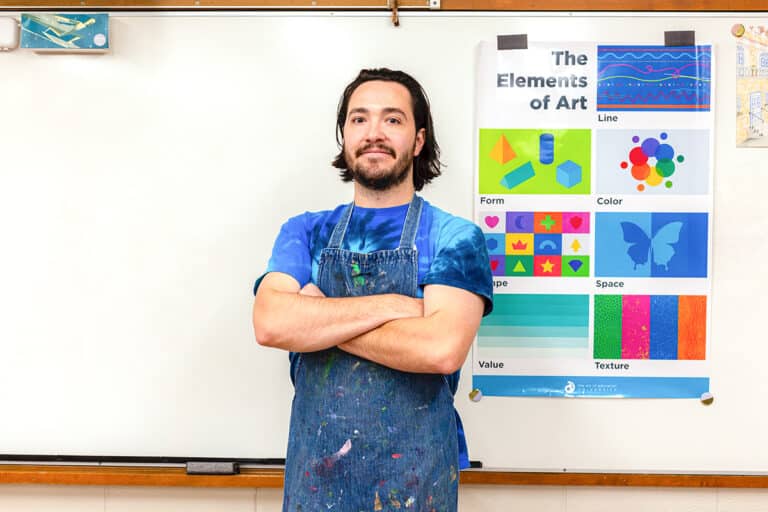Has anyone ever asked you, “You teach art… What’s your specialty?” Maybe you thought to yourself, “Uhhh, art?!” In reality, the art teacher can sometimes feel like a jack-of-all-trades. You do a little of this; you do a little of that. You know how to do minor services on your kiln and revive liquid tempera. You can teach four mediums in a single day. If you feel like the jack-of-all-trades, consider this: What have you mastered? What’s one thing you’re really good at?
Let’s figure out what your art teacher expertise is and explore three pathways to becoming a recognized expert in the field.
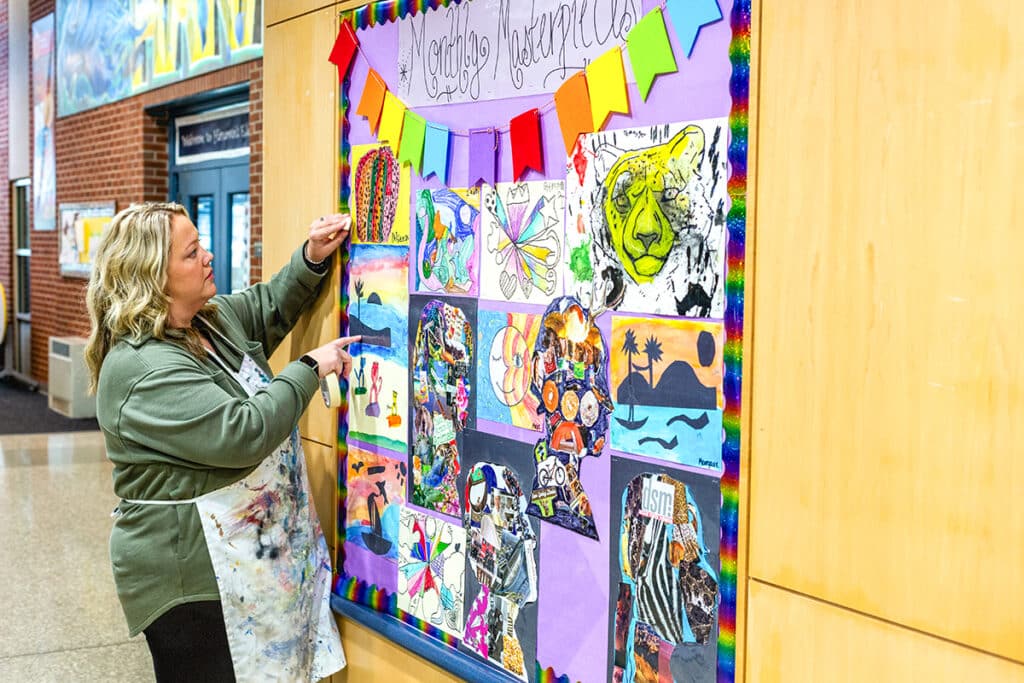
Identify your art teacher expertise.
An expert is somebody who’s highly specialized in one specific area in their field. You have more knowledge, experience, and achievements in this area than most others. Start by reflecting on what makes you tick and what you’re passionate about. What do you get excited about? What’s something you can talk about for hours? This could be a specific philosophy of classroom management or a medium you love playing with and teaching.
To help you identify your expertise, ask yourself the following:
- What is a moment in your teaching career when you saw something “click” for a student?
- What aspect of your classroom or practice are you particularly proud of?
- What methodology or philosophy in art education resonates with you?
- What is a medium you love teaching to all grades?
Next, get narrow. When we talk about expertise, the more specialized and niche you are, the better. Follow the expression, “An inch wide and a mile deep.” Get ready to dive into your topic through reading, listening, researching, learning, reflecting, iterating, and practicing.
Here are three examples of how you can take a passion area and make it a specialized area of interest:
- Classroom management is broad. Specializing in The Glasser Model is specific.
- Ceramics is broad. Alternative, non-glaze surface treatments for the K-12 art room are specific.
- Recycled art materials are broad. Service learning through recycled kinetic sculptures is specific.
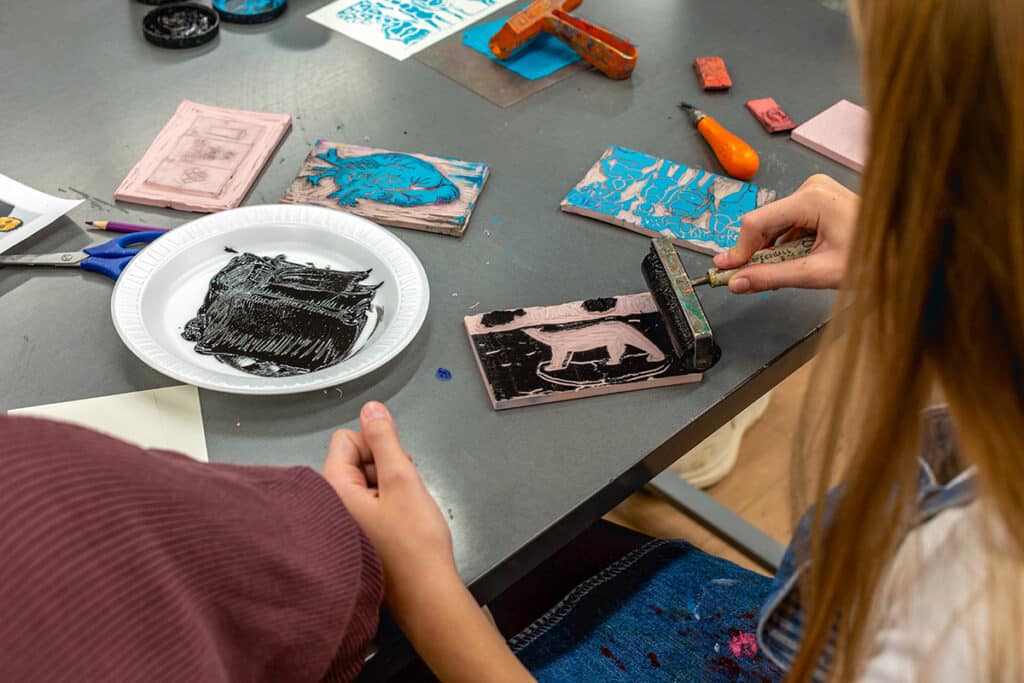
1. Break down your focus into smaller, achievable goals.
Once you have your narrow focus, it’s time to break it down into small, achievable goals. There’s no formula for how long it takes to master something. Author Malcolm Gladwell popularized the idea that mastery takes 10,000 hours of practice. However, other researchers pointed out that the idea is a bit more nuanced. The key takeaway is getting good at something takes lots of practice!
Researcher Angela Duckworth is notorious for her research on grit and how we can develop grittiness in our students. Angela talks about the importance of setting small, achievable goals to reach your ultimate goal. This journey of going from novice to expert will take persevering through tons of practice, bumps, frustration, and even failure.
For example, let’s say you’re looking to grow your expertise in fiber arts, specifically embroidery on non-traditional surfaces. Break this big goal down into tiny, achievable steps:
- Gather materials.
This doesn’t need to be the best of the best, but definitely buy or collect enough to practice and make mistakes! - Document your learning.
Identify four surfaces to play with and create a sketchbook to document your progress, questions, and reflections. - Select your first surface.
This is practice, so work small! Start with a hypothesis, investigate various stitches, and see how things turn out! Reflect on and record difficulties and areas of enjoyment. - Create a challenge.
Propose a problem for you to solve. Return to the surface again, but employ a different strategy or approach. - Repeat!
Repeat this process for each of your different surfaces. Write an artist statement to accompany your multiple embroidery studies. - Learn from an expert.
If you’re looking for an opportunity to explore fiber arts with an expert in the field, enroll in Studio: Fibers.
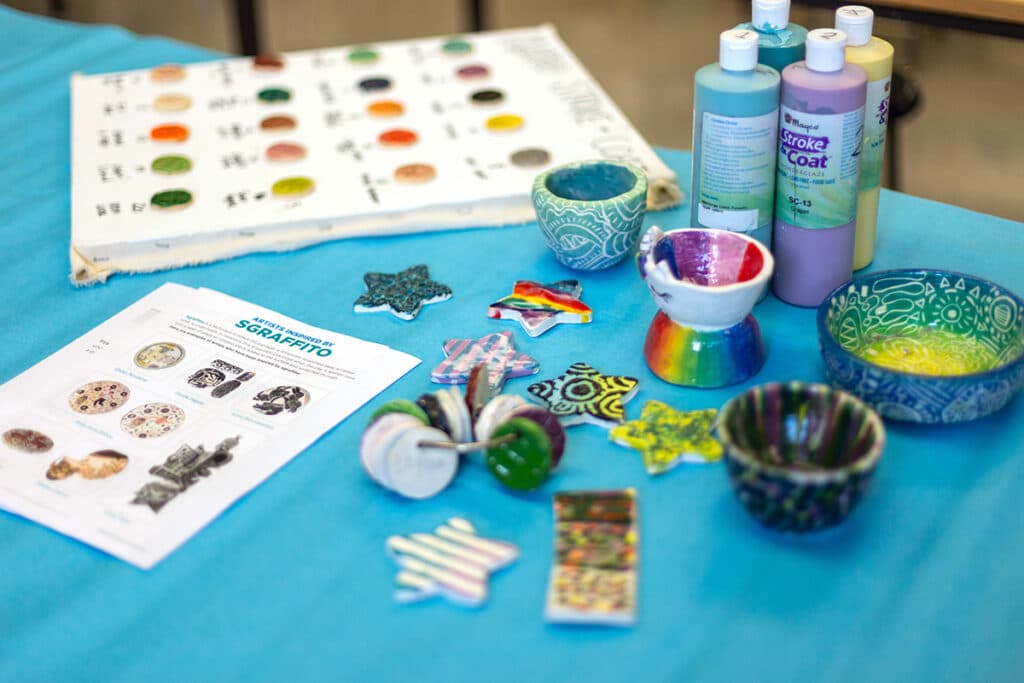
2. Find a mentor and become a mentee.
Feedback from others interested in the same topic is another great way to grow your expertise. Experts can’t grow in a vacuum; you need critical feedback to stretch your understanding and consider alternate perspectives. Your mentor doesn’t necessarily have to be an art teacher. This can be a teacher in another content area who knows about a particular classroom management strategy or a museum curator who specializes in a specific art history period.
Here are three simple steps you can follow to find a mentor:
- Identify someone you want to learn more from by joining and networking at a professional organization, on social media, in professional publications, or through a mutual colleague.
- Find an opportunity to connect, preferably in person.
- Make your request by sending an email or LinkedIn message, or speaking with them at the end of a conference presentation.
If a mentor doesn’t seem to be in the cards, consider other options to get feedback. If you’re specializing in design thinking in the art room, look for an active Facebook group, attend a design thinking conference with working sessions, or take a course. Also, consider reading and research as feedback. Your “mentoring” can come from reading the work of experts in the field and using reflective practice to challenge your ideas and assumptions.
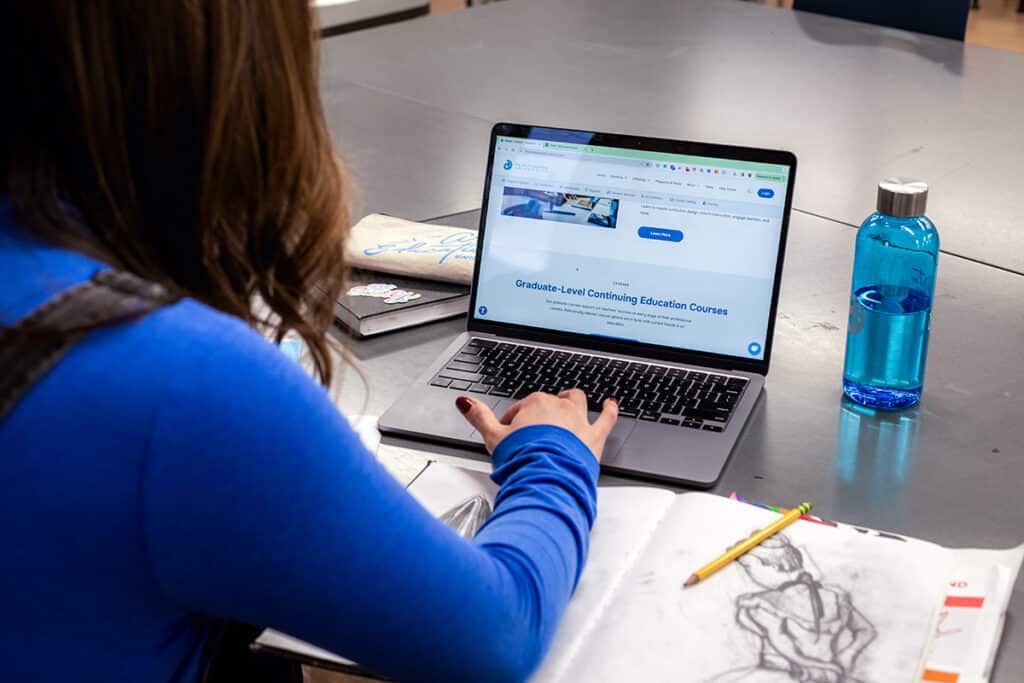
3. Earn a credential, certificate, or degree.
One tried-and-true way of building expertise and credibility is to earn a credential. There is truth to the idea that the “piece of paper” in the form of a diploma or certificate of completion comes with a level of esteem. Plus, it’s a great way to grow your network, hold yourself accountable to learning, and formally build your resume. If you’re searching for a program that’s right for you, look for one that is highly specialized in your topic or one you can tailor to your needs.
The Art of Education University offers focused graduate courses and an MEd in Curriculum and Instruction with three specializations built in:
- Inclusive Practices in the Visual Arts
If you’re passionate about making art accessible to all of your students, this specialization is the one for you! You’ll gain an understanding of special education terminology, rights, and responsibilities so you can reach and teach all learners effectively. - Instructional Leadership in Art Education
Are you eager to step into leadership or lead a team of art teachers? In this specialization, you’ll learn to advocate for change and drive meaningful impact through community connections. You’ll learn skills like ethical leadership, grant writing, and entrepreneurship. - Arts Integration
If you’ve been looking to infuse the arts across disciplines, this specialization is your pick. You’ll integrate creativity through art, build interactive experiences, explore emerging technology, and facilitate 21st-century learning.
If you have questions on whether this is a good fit for you or how to get started, reach out to chat with an admissions counselor today!
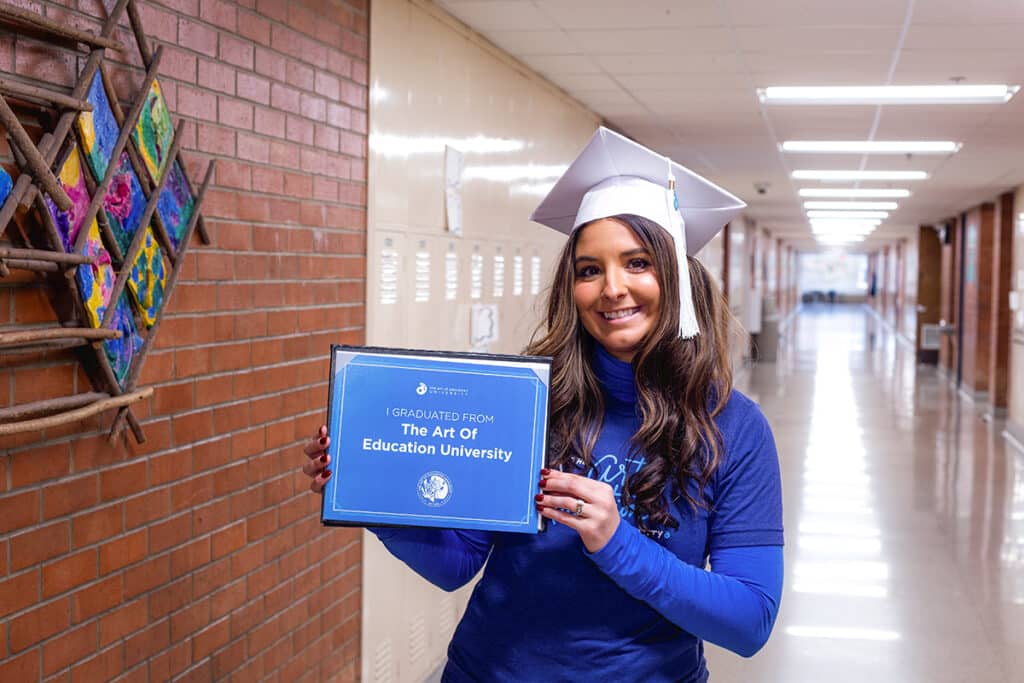
As art teachers know best, learning is a lifelong venture. Refine your learning and focus on one thing you’re passionate about and have a knack for! Figure out your niche expertise and then break down your learning path into small, achievable goals. To help you grow through knowledge and feedback, find a mentor, attend a conference, join social networking groups, and do a lot of reading and researching. Gain credibility with a degree or certification, such as the MEd in Curriculum & Instruction, to help you build your network and resume. Embrace your passion and let your art teacher expertise shine so you can strengthen your teaching practice and enrich your students’ artmaking.
What is your area of expertise in art education?
How do you plan on taking steps to grow in this area?
To continue the conversation, join us in The Art of Ed Community!
Magazine articles and podcasts are opinions of professional education contributors and do not necessarily represent the position of the Art of Education University (AOEU) or its academic offerings. Contributors use terms in the way they are most often talked about in the scope of their educational experiences.




